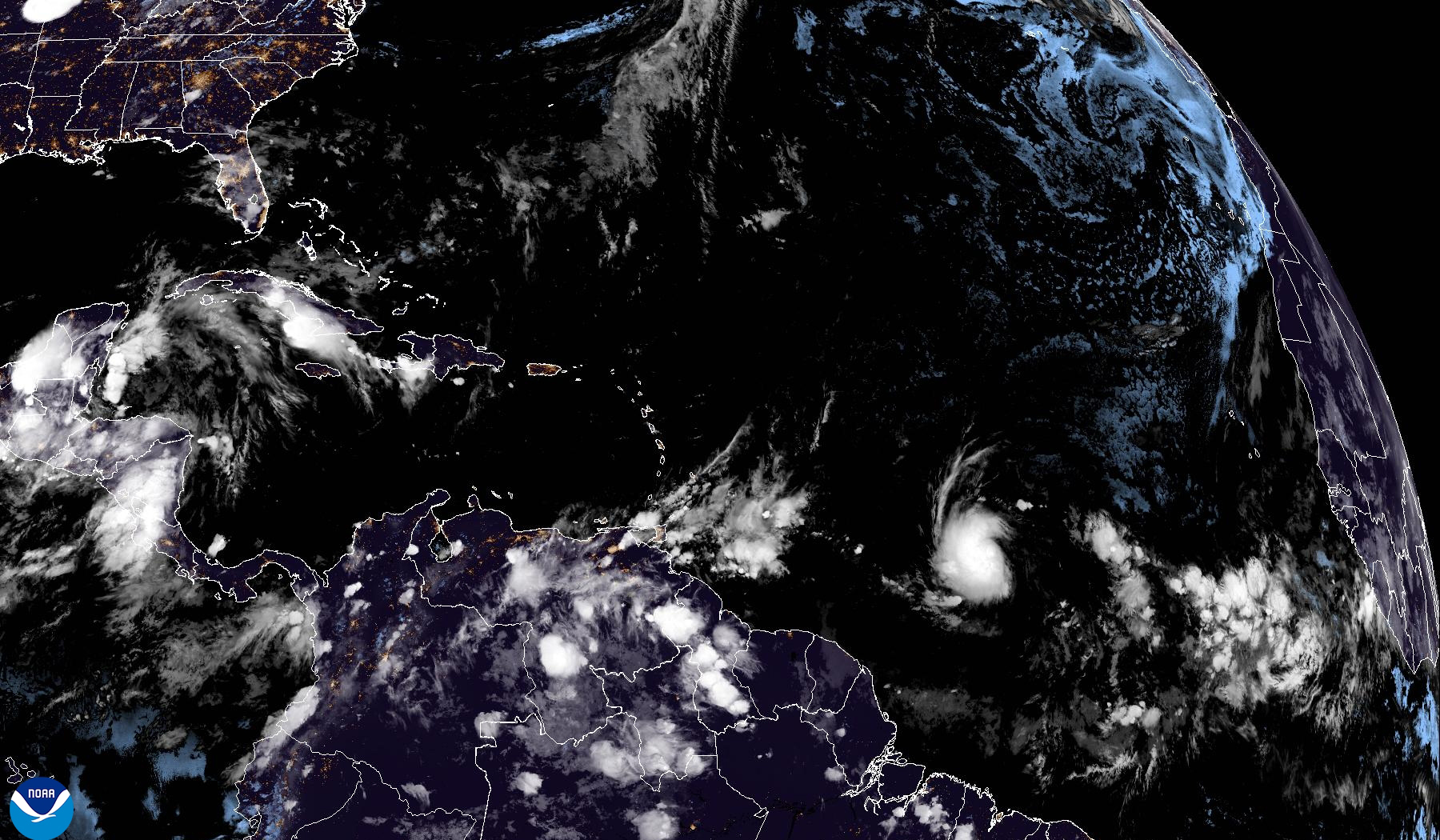Historical Context and Comparison: National Hurricane Center Beryl

National hurricane center beryl – Hurricane Beryl stands out as a significant meteorological event, prompting comparisons to other notable hurricanes that have impacted the region. By examining similarities and differences in intensity, path, and impact, we gain valuable insights into the evolving nature of hurricane behavior and the lessons learned from past experiences.
Intensity and Path, National hurricane center beryl
In terms of intensity, Hurricane Beryl reached Category 3 status on the Saffir-Simpson Hurricane Wind Scale, comparable to hurricanes such as Matthew (2016) and Joaquin (2015). These storms shared similar maximum sustained wind speeds, causing widespread damage and power outages.
Regarding path, Hurricane Beryl’s trajectory resembled that of Hurricane Irma (2017). Both hurricanes made landfall in the Caribbean, with Irma affecting Puerto Rico and the Virgin Islands before moving up the eastern coast of the United States. This path highlighted the vulnerability of these regions to hurricanes originating in the Atlantic Ocean.
Impact and Lessons Learned
Hurricane Beryl’s impact was significant, causing flooding, property damage, and disruptions to daily life. However, its impact was less severe compared to hurricanes such as Maria (2017) or Sandy (2012). This difference underscores the importance of timely preparedness and response measures.
Lessons learned from previous hurricanes have influenced preparedness and response strategies for Hurricane Beryl. Enhanced forecasting and warning systems have improved the accuracy and timeliness of hurricane predictions, enabling early evacuations and mitigation efforts.
Moreover, investments in infrastructure, such as reinforced buildings and improved drainage systems, have reduced the vulnerability of communities to hurricane damage. These lessons have played a crucial role in minimizing the impact of Hurricane Beryl and will continue to guide hurricane preparedness and response efforts in the future.
The National Hurricane Center is tracking Tropical Storm Beryl, which is expected to strengthen into a hurricane by the end of the week. The storm is currently located about 1,000 miles east of the Lesser Antilles and is moving west-northwest at 15 mph.
Beryl is expected to pass near or over Puerto Rico on Saturday, and then continue on to the Bahamas and Florida. Beryl Puerto Rico is expected to bring heavy rain and wind to the island, and residents are being urged to prepare for the storm.
The National Hurricane Center will continue to monitor Beryl and provide updates as they become available.
National Hurricane Center Beryl tracks the progress of Tropical Storm Beryl. The latest spaghetti models for spaghetti models for beryl show the storm moving toward the coast. The National Hurricane Center will continue to monitor Beryl’s path and provide updates as needed.